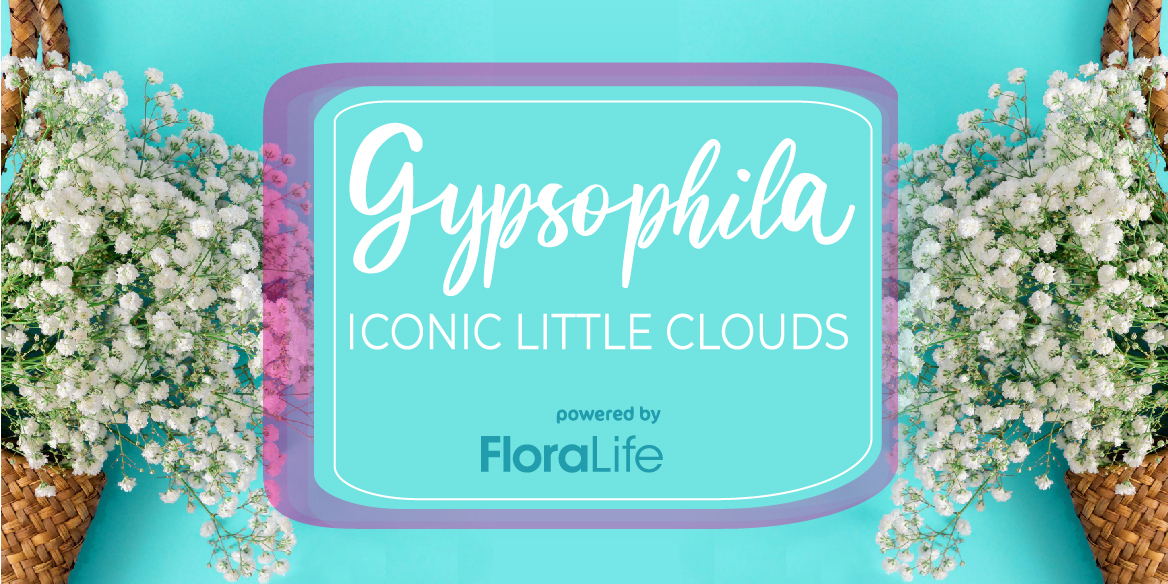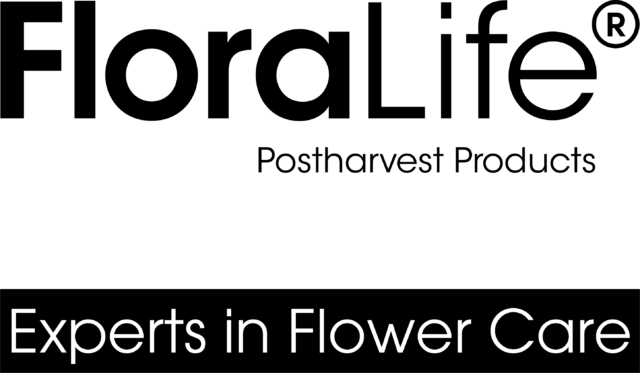Gypsophila: Iconic Little Clouds
LivRio Magazine July 2022, powered by FloraLife

Gypsophila or Baby’s Breath has long been a firm favorite filler flower, and it’s no wonder as their angular stems and beautiful fluffy white flowers are ideal for bridging the spaces between larger blooms. Todays’ varieties, such as Xlence and Million Star, are icons in their own right and are just as often used as a focus flower.
Stems of gypsophila are extremely versatile and are as perfect for a country wedding bouquet as they are for a chic hotel reception arrangement.
Gypsophila belongs to the plant family Caryophyllaceae, meaning they are cousins with Carnations. They can be annual, meaning they grow flower and die in the same year, or they can be perennial, meaning they grow back again and again.
The species that is grown as a cut flower is Gypsophila Paniculata, but many other species exist and have many uses from detoxing contaminated soils to making soap and even cheese and ice cream!
Purchasing
- Gypsophila can be ethylene sensitive, source from growers which pre-treat stems with an anti-ethylene treatment: an ethylene action-inhibitor products such as EthylBloc™ during storage and transportation or FloraLife® EthylGuard* at farm level to safeguard Gyp against any exposure to ethylene.
- Choose stems with bright flowers, there should be no browning or shriveling of florets, and with at least 50% or more of the flowers open. Flowers will continue to open during the storage and vase life, but if too many are still in bud, this could mean the stem was harvested too soon.
Shipping and Storage
- Shipping and storage temperatures should be 34 – 38° F / 1 – 3° C.
- Stems should be shipped and packaged to minimize damage in transit due to open cut stage.
Re-hydration at store level
- Start processing with a clean bucket, sanitized with FloraLife® D.C.D.® Cleaner.
- Remove any leaves that are below the flower food solution.
- If received dry packed, conditioning of stem ends is recommended to prevent blockage and promote uptake. Cut approximately 1” / 3cm or more off stems. Use clean, sanitized clippers or knife, and treat with FloraLife® Quick Dip.
- Immediately place flowers in properly dosed solutions (flower food and water) containing either FloraLife Chrystal Clear® or FloraLife® Express 300. Do not put flowers directly in metal/galvanized buckets. Use clean, high-quality water that has not been treated with a water softener as the salt levels can be damaging to flowers.
- Store in a cooler at 34 – 38° F / 1 – 3° C with a relative humidity of 75-85%
- Allow minimum 4 hours to hydrate placing buckets in an area with good airflow.
- Always remember FIFO (first in/first out) when rotating flowers.
Vase Care
- Remove any leaves that might be below the vase solution.
- If received dry, cut approximately 1” / 3cm or more off stems. Use clean, sanitized clippers or knife, and treat with FloraLife® Quick Dip.
- Immediately place flowers in properly dosed vase solutions (flower food and water) containing FloraLife Chrystal Clear® (the perfect solution for clear vases), or FloraLife® Express 300 (the no-cut premium solution).
- Keep away from direct sunlight and ripening fruits.
Common Issues:
- Browning florets. Maintaining the cold chain throughout distribution is key. And use anti-ethylene treatments. Gyp can generate a lot of heat with high levels of respiration. Be sure your packaging is ventilated, and boxes are not overly packed for good airflow.
- Gyp is a thirsty crop, use flower food solution and refill as needed. Gyp needs plenty of time to hydrate, a minimum of 4 hours.
Special Considerations:
- Stems can be difficult to separate without damaging them, hold the stems upside down and very gently shake them to loosen and separate.
For additional information, click on these links: https://floralife.com/article/gypsophila-troubleshooting/ & https://floralife.com/flowers/gypsophila/
*Product availability depends upon geographical region. Check https://floralife.com/products/#product_grid for more information.
